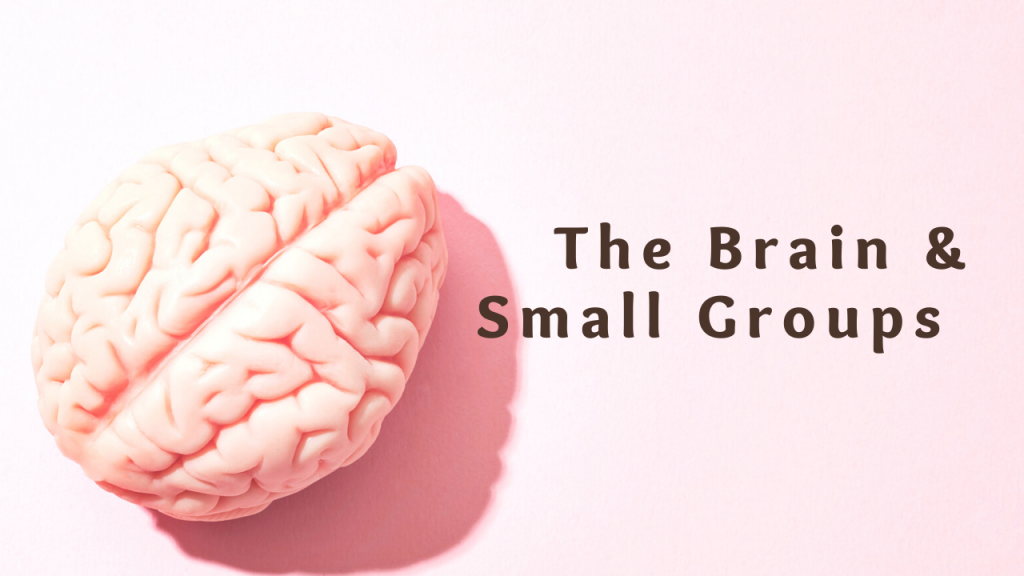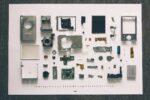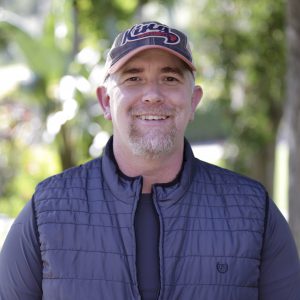What encourages continual transformation within the heart of a believer? Some say it is reading Scripture, while others might say that it is a healthy prayer life. Certainly, these items are vital and they incorporate two core activities of the Christian faith. Yet if you asked those who study neuroscience, it’s likely that they would have another item to add. Co-authored by Jim Wilder and Michel Hendricks, the book The Other Half of Church explores the neuroscience of transformational change and what we in the church can (and probably should) do in order to unlock huge opportunities for our churchgoers’ spiritual growth. Over the course of the next few months, let us unpack some of the larger concepts introduced by the authors while looking at the text through the lens of one’s small group ministry.
Our Brain’s Two Halves
For those who remembered their lessons from high school biology, our brain is made up of what our authors refer to as two “processors” (the left and the right), which work together but specialize in different responsibilities. While it is common that the right side of the brain is often associated with art or emotions and the left side of the brain is often associated with logic or problem solving, what may not be as commonly understood is that all of the information that our brain receives will traverse through a pathway that begins on the right side of our brain before it travels to the left side of our brain. As a result, our right brain processes data more quickly than our left brain. According to Wilder, “The right hemisphere process that creates our working identity integrates our reality six times per second. The brain brings together current experience and emotionally important personal memories to create an active sense of who we are in our relationships at that moment.”
Relationship-Fueled Transformation
When you reflect upon a season of your life where you experienced some of the greatest character growth you ever had, who was surrounding you in your life during that time? When I gave my life to Christ, I not only had a mentor in my life who was teaching me up in the faith, but I was also spending time with other Christians on a weekly basis. While I was reading Scripture and finding out who God was through the living Word, I was also observing others who were leading by example and who were showing how to live a Christian life. Indeed, I couldn’t imagine what my formation in the faith would have been if it hadn’t been for those individuals who were walking alongside me during that time. Testimonies of that “on fire” stage for new believers often echo similar details, where relationships typically seem to be at the core of the person’s season of transformation. Wilder and Hendricks agree, explaining that since “our right brain governs the whole range of relational life,” our “character formation develops out of our community, the people we call ‘my people.’ Our loving attachments and the values of our community drive our character.”
The Brain and Small Groups
When we encourage individuals in our church to grow in the Lord, what types of activities do we normally recommend for them to pursue? A common sermon on spiritual growth will likely include Scripture reading and increased prayer time, but are relationships included within such a mix? And if fellowship with other Christians is indeed mentioned, to what degree is relationship-building encouraged? If our brains are wired to process our world more through our right brain, and if our right brain governs our relational life, and if our relational life is what accelerates our ability to have positive transformation and character growth, then does our church’s prioritization of its small group ministry reflect this? In the weeks ahead, we’ll explore how small groups are the perfect vehicles for delivering the ingredients that Wilder and Hendricks list as essential for fruitful growth.





